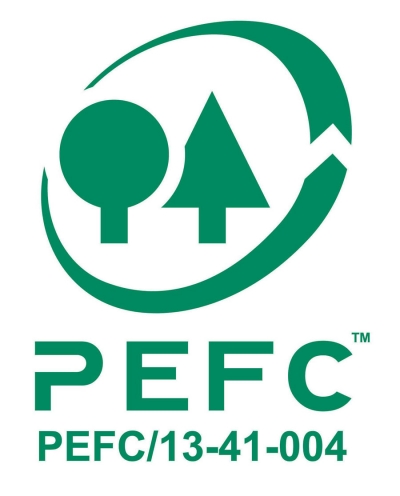What is the RED III Directive?
RED III (Renewable Energy Directive III) is the European directive that sets rules to promote the use of renewable energy within the European Union.
In the biomass sector, it defines mandatory criteria for:
- Forest sustainability and responsible resource use;
- Reduction and reporting of greenhouse gas (GHG) emissions;
- Traceability of the supply chain, from supplier to end consumer.
These requirements apply to electricity, heating, and cooling produced from biomass and are a condition for accessing the European market and certain incentives.
PEFC RED III Certification
PEFC RED III is a voluntary, internationally recognized system approved by the European Commission that verifies that the forest biomass used meets the sustainability and traceability criteria required by RED III.
It is an evolution of the RED II certification, now integrated with the PEFC Chain of Custody and with specific requirements defined in standards such as PEFC ST 5002 (organizations), PEFC ST 5003 (certification bodies), and PEFC ST 5004 (Level A risk assessments).
Certification is recommended for:
- Foresters, biomass operators, and energy producers;
- Paper and wood processing industries;
- Biomass trade and distribution;
- Wood waste companies and related industries.
It provides independent assurance that operations meet the EU's sustainability, traceability, and GHG emissions control standards.
Link between PEFC RED III Certification and EU ETS Verification
Companies covered by the EU Emissions Trading System (EU ETS) can gain additional benefits from PEFC RED III certification. It provides audited and recognized data on biomass sustainability and GHG emissions, facilitating compliance demonstration in annual EU ETS reports.
Moreover, the use of PEFC RED III certified sustainable biomass can be considered in external audits and emission factor verification, reducing regulatory risks and strengthening ESG narratives with regulators, investors, and customers.
This integration creates a competitive advantage: stronger compliance, potential access to incentives, and enhanced environmental reputation.














